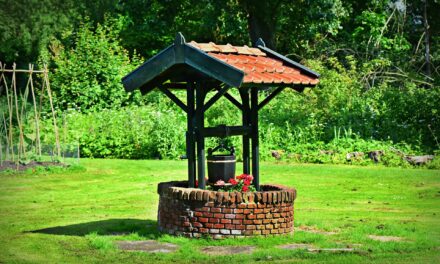Not-in-my-backyard (NIMBY) advocates have wagged their fingers and pounded their fists at low-income housing construction, certain it will diminish nearby home values — but that’s simply not true.
In fact, low-income housing has a pulse that actually contributes to property values in their communities.
Low-income housing developments increase mid- to high-tier home values within half-a-mile of the new low-income housing development by 4%, according to a study published by Cityscape.
The reasons why the inclusion of low-income housing has a positive effect on nearby home values include:
- site selection in neighborhoods already experiencing an upward price trend due to their desirable location — the appreciation factor;
- increased population density in the community — always a plus for the location; and
- the replacement of a deteriorating or vacant property for a positive community improvement.
The increase of value to neighboring homes debunks the bigoted NIMBY notion of low-income housing ruining communities or “forcing” middle-income families out of the area. Humans it turns out mostly want diversification. Higher-income families need low-income families to provide services. When workers live within the community, stress and expense is reduced for everyone, including the environment.
Thus, increased asset value in the immediate location takes place.
Related article:
Priced right housing is necessary
Californians are in desperate need of more housing options of all types. For housing to be priced right, housing needs to be built in great quantities.
Builders can’t perform this magic act unless city councils facilitate zoning
In the six-month period ending in November 2022, there was a 7% increase of multi-family construction in progress — nearly 2,000 more than during the six-month period ending in November 2021. However, it’s nowhere near enough to fill existing homeownership and renter demand — or even provide for foreseeable future needs.
It’s no secret multi-family construction needs time to recover from the stall of the pandemic, when building material and labor shortages held back construction. Thus, multi-family construction starts will likely peak around 2027-2028 — after the housing and jobs market have a chance to recover from the 2023 recession, which will produce job loss.
Related article:
The home pricing route starts in a builder’s trench
To accommodate low- and moderate-income California residents, the price of residential rent rates and homeownership needs to be, well, priced right.
Here in California, denser housing zones are the only route for builders to produce the housing units needed to get to the “right” price. This is an innate concept for people from other countries — try prosperous Sao Paulo. Presently, moderate-income residents in California spend almost three times less to purchase a condo than an equivalent free-standing single-family residence (SFR).
Mid- and low-tier multi-family construction is a no brainer. Their inclusion is a positive economic impact on neighborhoods. For real estate agents, of course, greater inventory means more transactions. A long-term financial gain is inherent in any collaboration between real estate brokers and their agents with builders — crucial during the ongoing slide in home sales.
Real estate agents — put those NIMBY myths to rest.
Advocate for diverse housing options in your community — not regressive restrictive zoning that bars competition, further driving up property values and adding no human value to the community. By pushing for more variation in housing types, particularly the density of units per current SFR zoned property, it opens the door not only to future transactions in your neighborhood but clearly generates opportunities to invest in these developments.
To keep yourself informed on real estate news and learn strategies to get through the real estate recession, subscribe to firsttuesday’s newsletter, Quilix!
Related article:
The recession is imminent — for real estate, more of 2022; Monthly Statistical Update (January 2023)














